You get the required amount of sleep but all day long you still feel you’re in second gear. You’ve tried caffeine and sugar to help pep you up, but nothing seems to work. Luckily, there are some healthy tweaks you can do to help you feel energized all day long. Read below and chat with your doctor on how these nutrition, lifestyle or supplement changes may help you.
 Make Your Meals Count
Make Your Meals Count
You may think that a Frappuccino, an energy drink or a smoothie are the best things to consume to start the day. This may be the very reason why you’re feeling so tired mid-afternoon! Instead start your day with a meal filled with a lean protein, some fiber rich carbohydrates and healthy fats. Did you know that the afternoon sluggish feeling is related to a naturally occurring dip in your circadian rhythm? But having a low fiber, high carb breakfast will amplify that sluggish feeling all day long.
Another place we get into trouble is with our lunch. A large plate of pasta and a soda is sure to leave you feeling tired. The best way to figure out what works for your body is to observe how you feel 30 minutes and two hours after you eat. If you feel a dip in your energy, start playing with your protein, fat and carbohydrate ratio. To start with, try eating a meal that is made up of 45% carbohydrates (vegetables, and whole grain), 10%-35% protein (fish, chicken, lentils) and 20%-35% fat (avocados, nuts, seeds). By incorporating this formula, it will keep your blood sugar in better balance, help prevent that sleepy feeling you get after you eat and improve your energy levels.
Sleep
Problems falling asleep, tossing and turning and not being able to fall back asleep are obvious reasons you may be feeling a lack of energy. The best way to combat these things is to forgo that 3pm caffeine boost and to get in sync with your circadian rhythm. Our natural sleep/wake cycles do best if we go to bed around 10pm and keep a consistent bedtime.
Not being able to go back to sleep after waking up in the middle of the night can be frustrating. It’s almost as if someone has turned on a light in your brain. My favorite two techniques to combat this are: meditation and writing out what’s stressing you out before going to bed.
Stress and Adrenal Fatigue
Being in a consistent stressed-out state can cause you to develop a symptom called Adrenal fatigue. Adrenal fatigue robs you of energy, prevents you from getting a good night sleep and causes you to crave sweet or salty foods. Meditation, yoga and apoptogenic herbs can help combat adrenal fatigue. These healing herbs can help balance the body’s natural response to handle stress by supporting the adrenal system.
The best adaptogen herbs to help boost energy are: ashwagandha, rhodiola, holy basil and ginseng.
B Vitamins
Known as the “energy vitamins”. Having low levels of B vitamins, especially B12, can cause you to feel fatigued. Ironically, having enough B vitamins in your diet also helps with getting a good night sleep. B vitamins are found in foods such as eggs, salmon, beef, chicken, avocado, leafy greens, milk, yogurt and legumes.
Exercise
When you’re feeling tired, the last thing you may want to do is exercise. Exercise is a great way to get your blood moving, which helps your heart and lungs work more efficiency, which in turn gives you more energy. On top of this, exercise increases your endorphin levels. Increased endorphin levels help make you feel good, decrease the feeling of being stressed out and helps you sleep better.
Moderate exercise is all you need. Contact one of your NIFS representatives to learn additional techniques to have more energy or to have them design a customized, and energizing work for you.


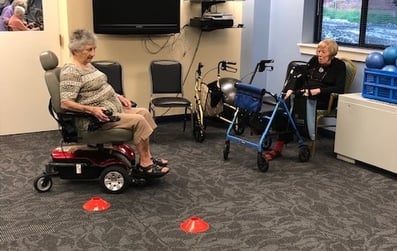 There isn’t anything easy about it. Residents were put to the test during
There isn’t anything easy about it. Residents were put to the test during 
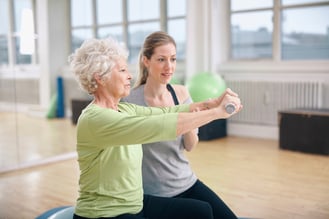 and activities for residents, I’m often surprised at what an afterthought their exercise amenities and services are. The clear appetite to provide residents with the very best options for living just doesn’t square with what’s in place for resident exercise at the community.
and activities for residents, I’m often surprised at what an afterthought their exercise amenities and services are. The clear appetite to provide residents with the very best options for living just doesn’t square with what’s in place for resident exercise at the community.
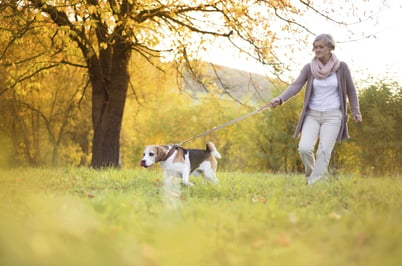 Living in the country can have its share of pros and cons when it comes to getting in your recommended daily activity. Although you might not have access to a fitness center at your fingertips, here is a list of 10 ways for seniors
Living in the country can have its share of pros and cons when it comes to getting in your recommended daily activity. Although you might not have access to a fitness center at your fingertips, here is a list of 10 ways for seniors
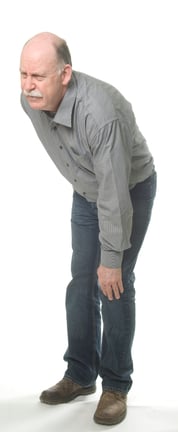 How many suffer from joint pain and inflammation? Feel stiff and sore? Deal with lack of circulation, feel tired, depressed or have lack of energy, even have trouble sleeping? If you answered yes to any of these questions, then the big question is why are you not getting a massage?!?
How many suffer from joint pain and inflammation? Feel stiff and sore? Deal with lack of circulation, feel tired, depressed or have lack of energy, even have trouble sleeping? If you answered yes to any of these questions, then the big question is why are you not getting a massage?!?

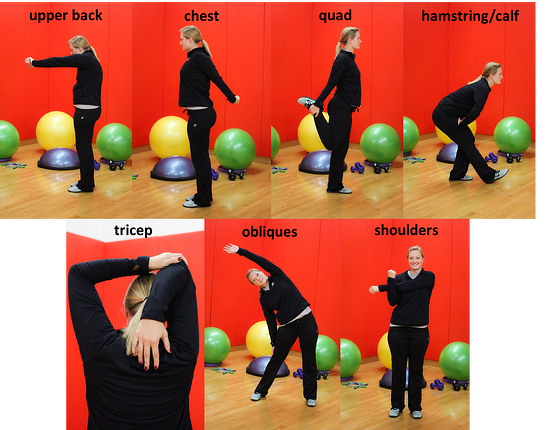
 Summer has flown by, unfortunately, and we’re headed into our last long weekend of summer. That obviously means have to have fun and live it up a little, so what better way to enjoy this three-day weekend than by spending time doing some of Indy’s popular activities with your family and friends?! There are a variety of activities available for all ages. You’re probably wondering what in the world there is to do in good ol’ Indianapolis. Some of the popular events include:
Summer has flown by, unfortunately, and we’re headed into our last long weekend of summer. That obviously means have to have fun and live it up a little, so what better way to enjoy this three-day weekend than by spending time doing some of Indy’s popular activities with your family and friends?! There are a variety of activities available for all ages. You’re probably wondering what in the world there is to do in good ol’ Indianapolis. Some of the popular events include:
 There’s a lot of talk about what some in senior living call “someday syndrome.” It’s the phenomenon by which adults who have a lot to gain by moving to a retirement community for one reason or another put off the move, indicating they’ll make that change someday.
There’s a lot of talk about what some in senior living call “someday syndrome.” It’s the phenomenon by which adults who have a lot to gain by moving to a retirement community for one reason or another put off the move, indicating they’ll make that change someday.
 In
In 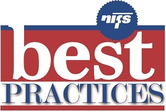
 Many communities have regularly scheduled recreational activities on the monthly calendar such as croquet, bocce ball, or Wii that seem like fairly logical programs to spin into Olympics-themed events in senior living communities. Still, it’s not enough to simply group these regularly occurring events together and call them your Community Olympics. How do you set up the initiative so that it has broad appeal and allows those residents who participate in the events regularly to feel inspired and challenged alongside their novice neighbors? This two-part blog will provide creative tips to kick your Olympics up a notch with your resident favorites as well as provide fresh new ideas for events.
Many communities have regularly scheduled recreational activities on the monthly calendar such as croquet, bocce ball, or Wii that seem like fairly logical programs to spin into Olympics-themed events in senior living communities. Still, it’s not enough to simply group these regularly occurring events together and call them your Community Olympics. How do you set up the initiative so that it has broad appeal and allows those residents who participate in the events regularly to feel inspired and challenged alongside their novice neighbors? This two-part blog will provide creative tips to kick your Olympics up a notch with your resident favorites as well as provide fresh new ideas for events.